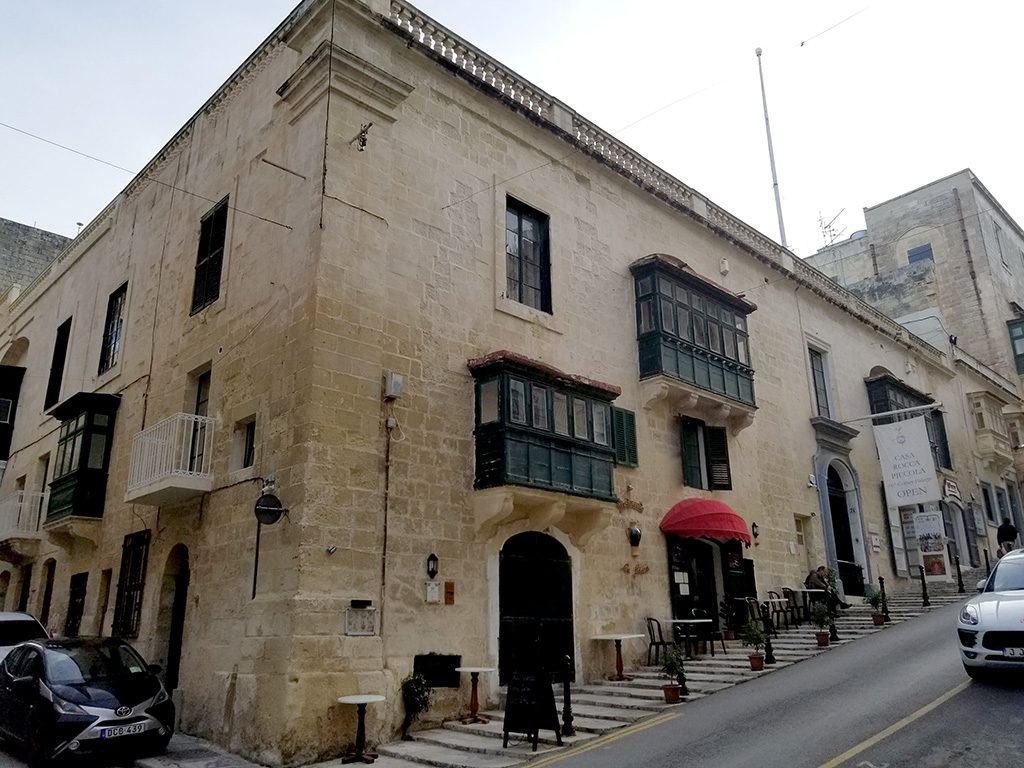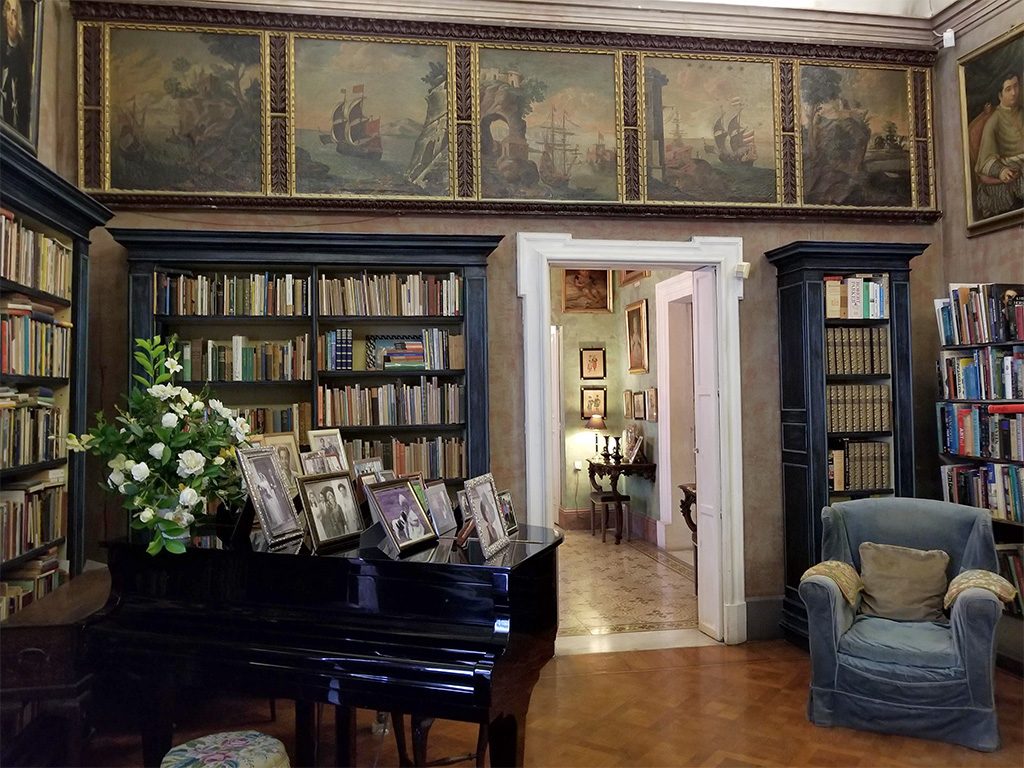
We toured Casa Rocca Piccola, a 16th century palazzo in Valletta that has been inhabited by a Maltese noble family for generations. We had a guided tour of the palazzo, including the WWII bomb shelters beneath, and were personally thanked on the way out by the current owner, the 9th Marquis de Piro.
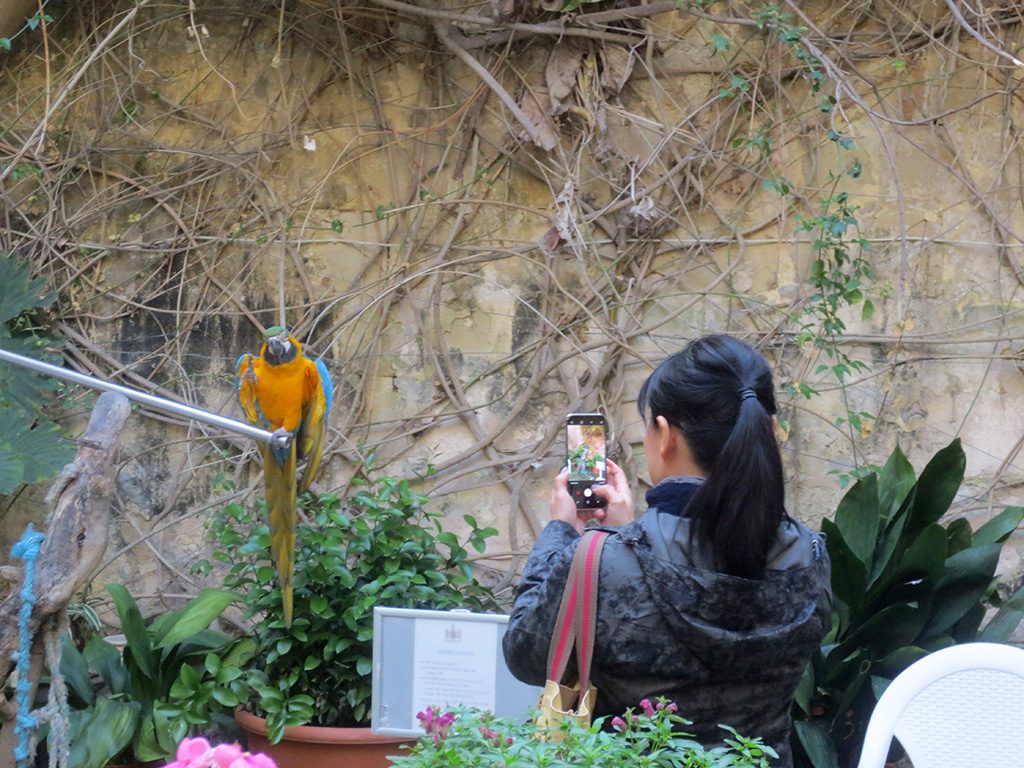
The tour gathered in the courtyard of the palazzo, where a very colourful parrot named Kiko was waiting with us. He said hello and waved to us. Repeatedly.

The courtyard garden was quite lush, with a nice fountain and Art Nouveaux windows on the upper floors.
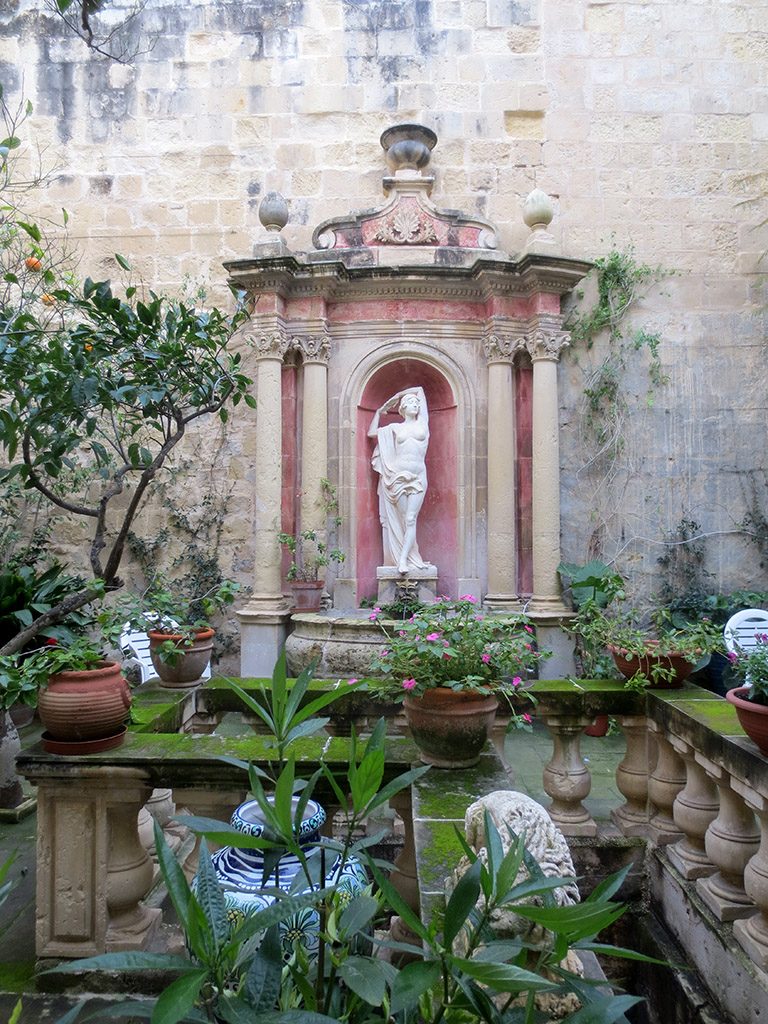
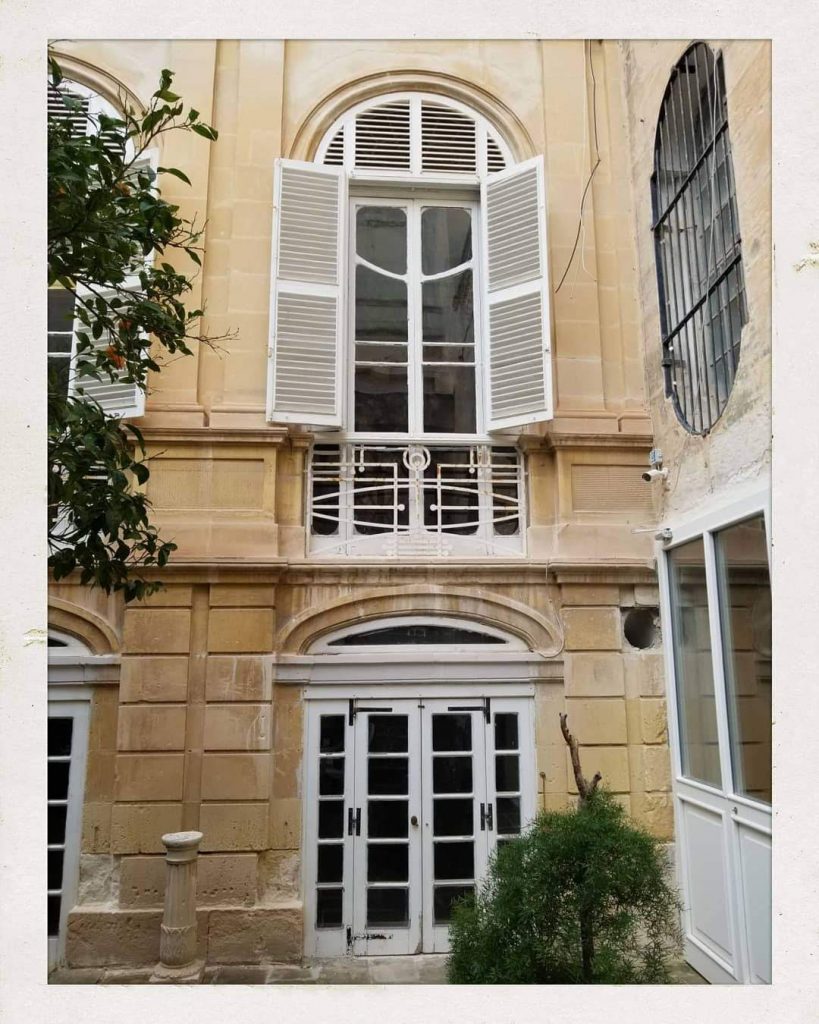
The tour through the house was quite extensive, with a lot of information given about each room, its history, and the history of the many items within them.
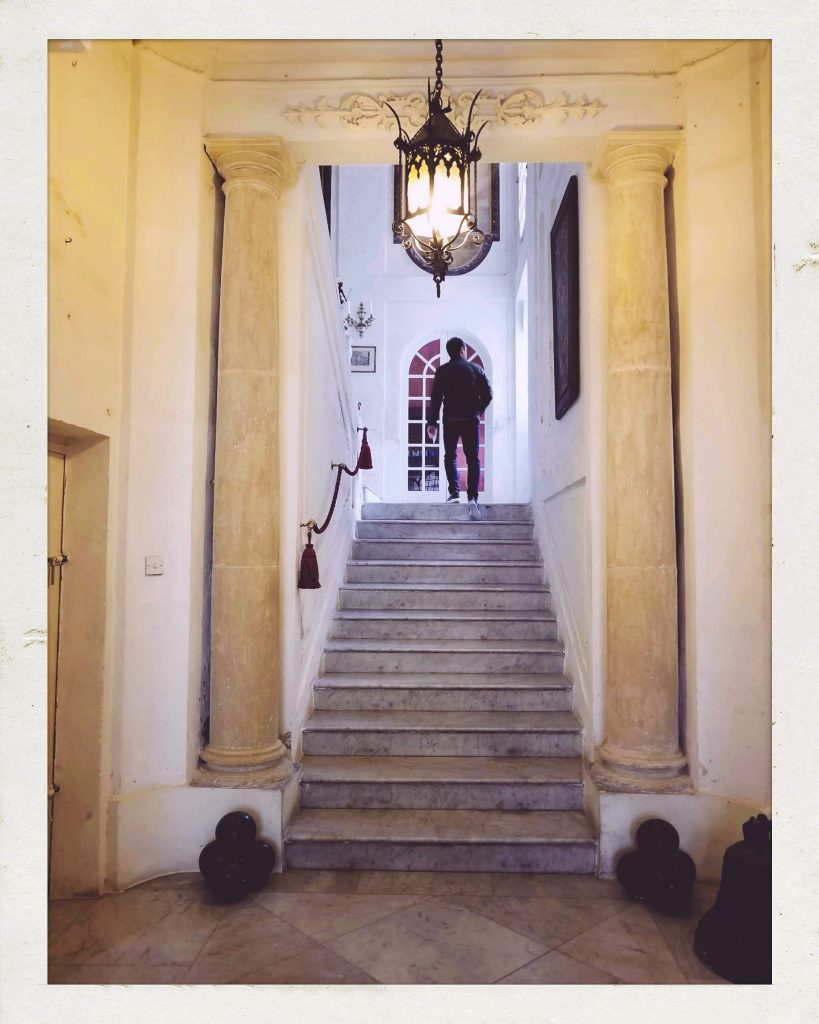
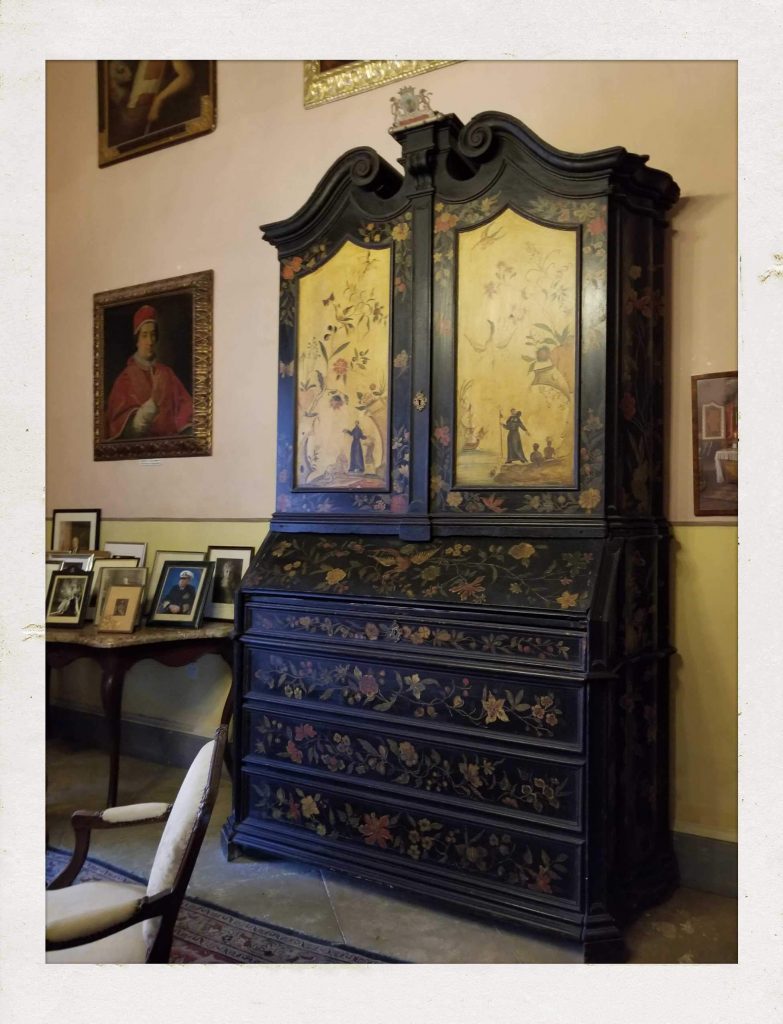
In one of the first rooms, there was a portable altar which the family used to hold mass at home in the days before a permanent chapel was constructed.
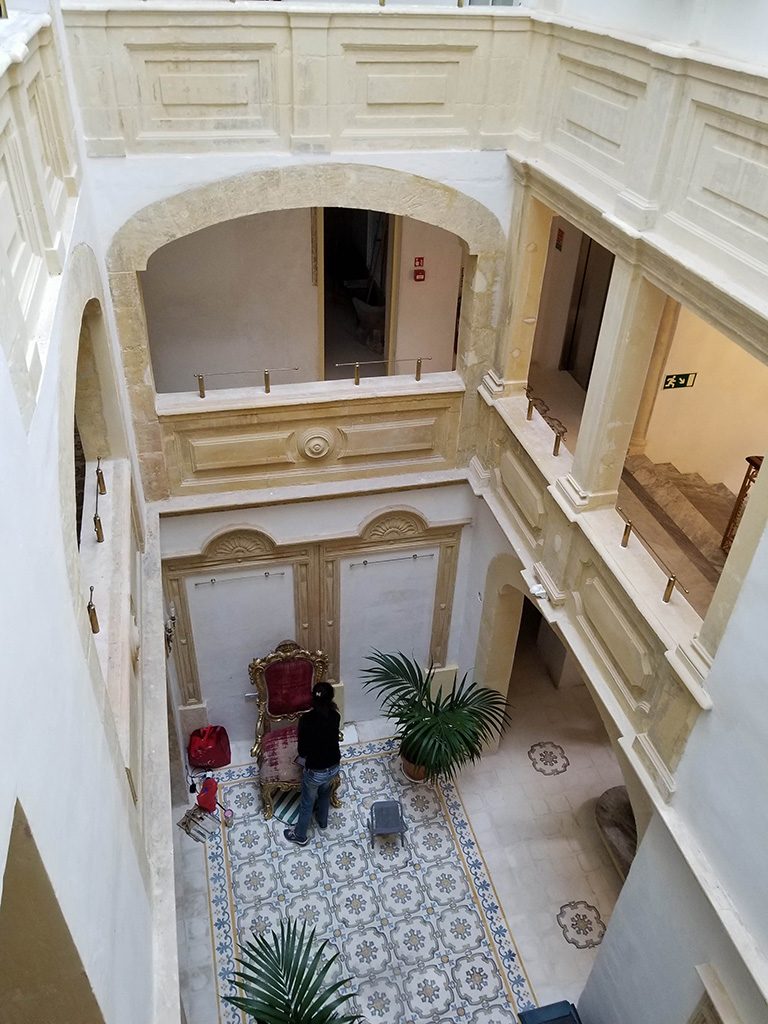
Glancing down into an interior courtyard we saw a woman doing restoration work on an elaborate chair. Later, looking at the Casa Rocca Piccola website, we learned they employ a full-time Conservator-Restorer for this purpose.
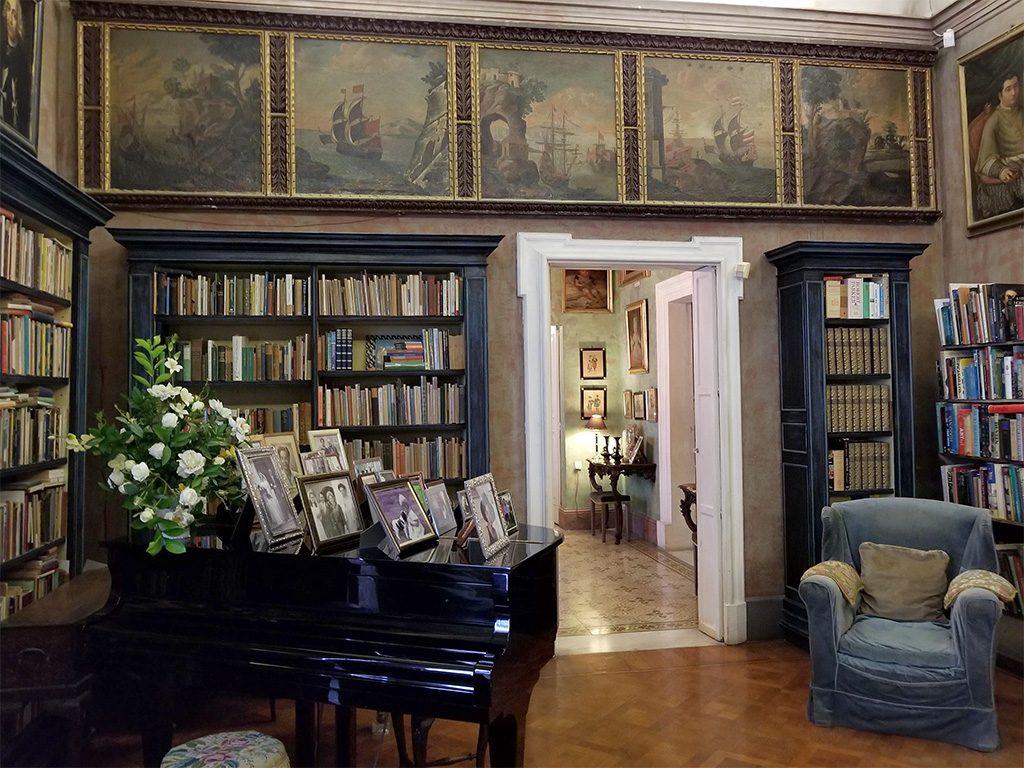
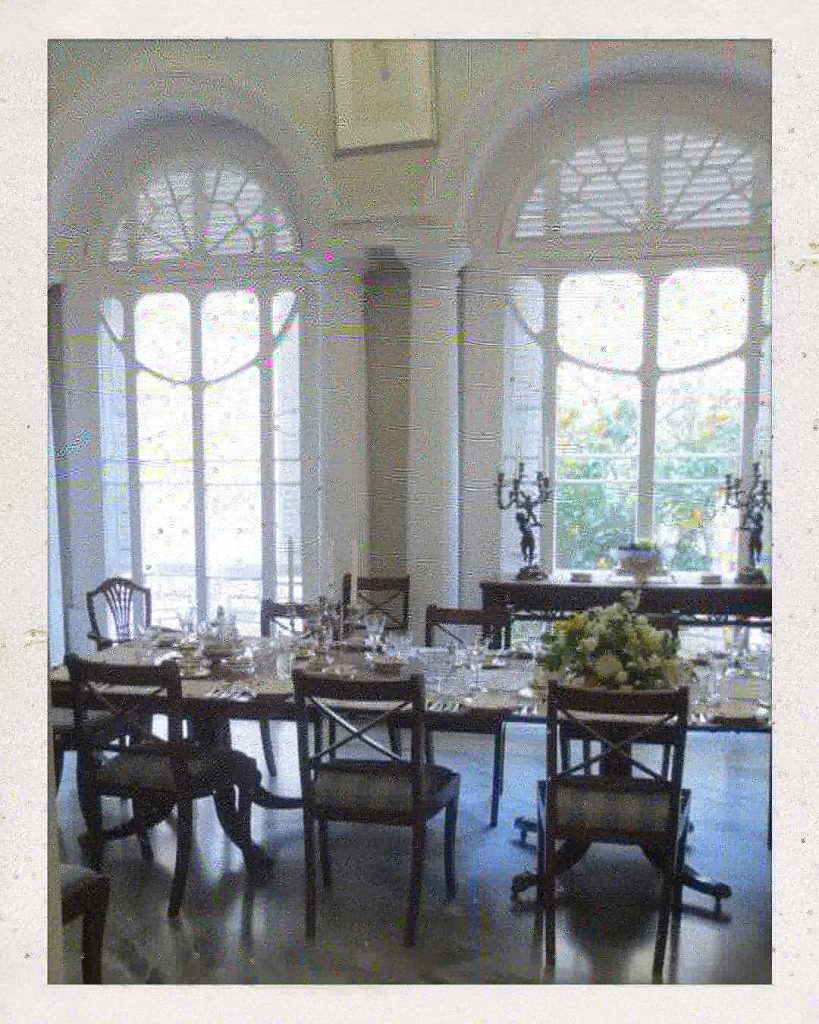
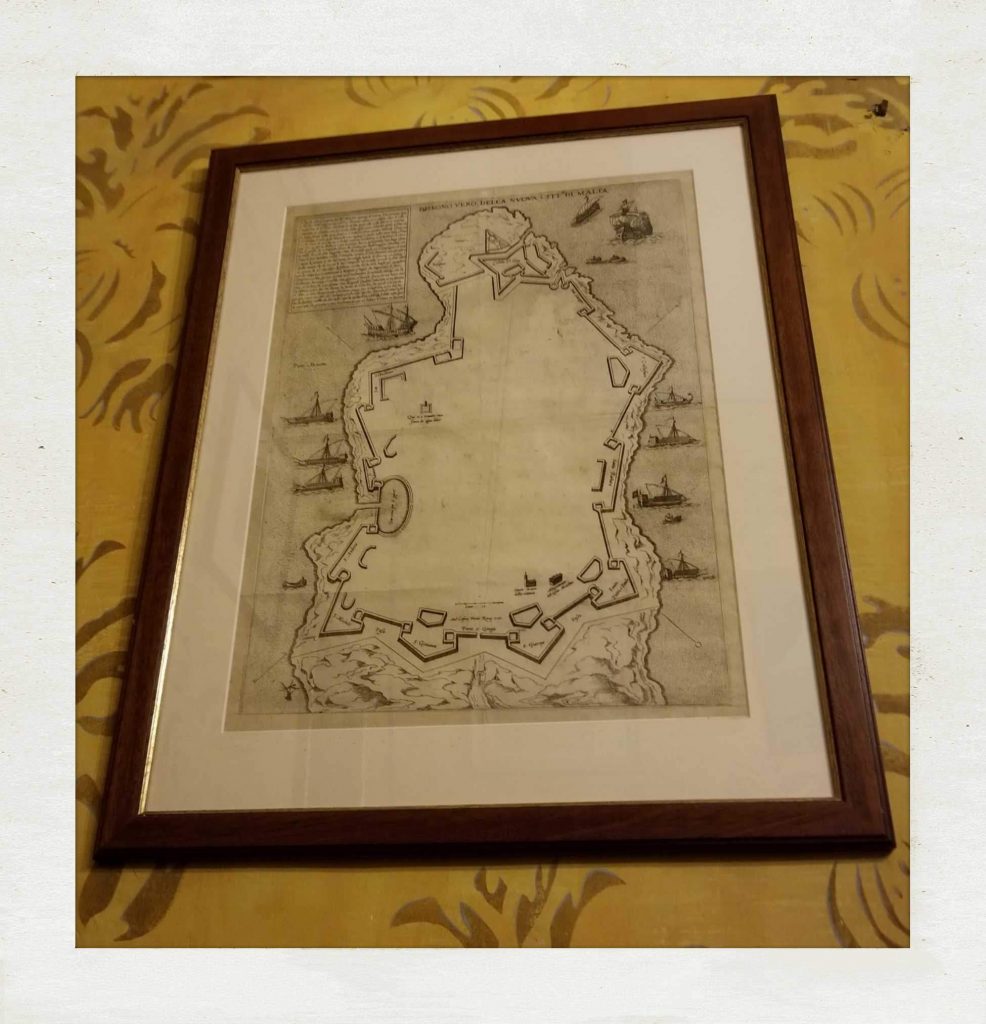
Framed on the wall was a very early hand-drawn map of Valletta, created when only the outer fortification walls had been constructed. The interior blank space would be later filled in with the narrow streets we’d been exploring for nearly a week.
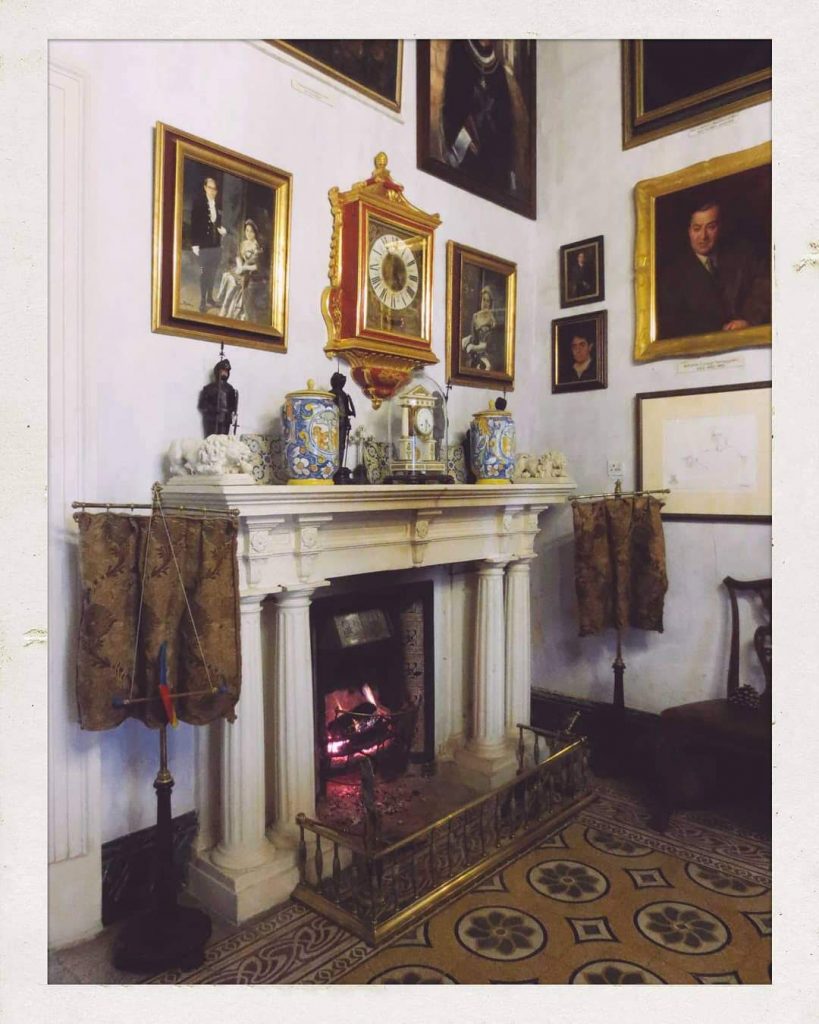
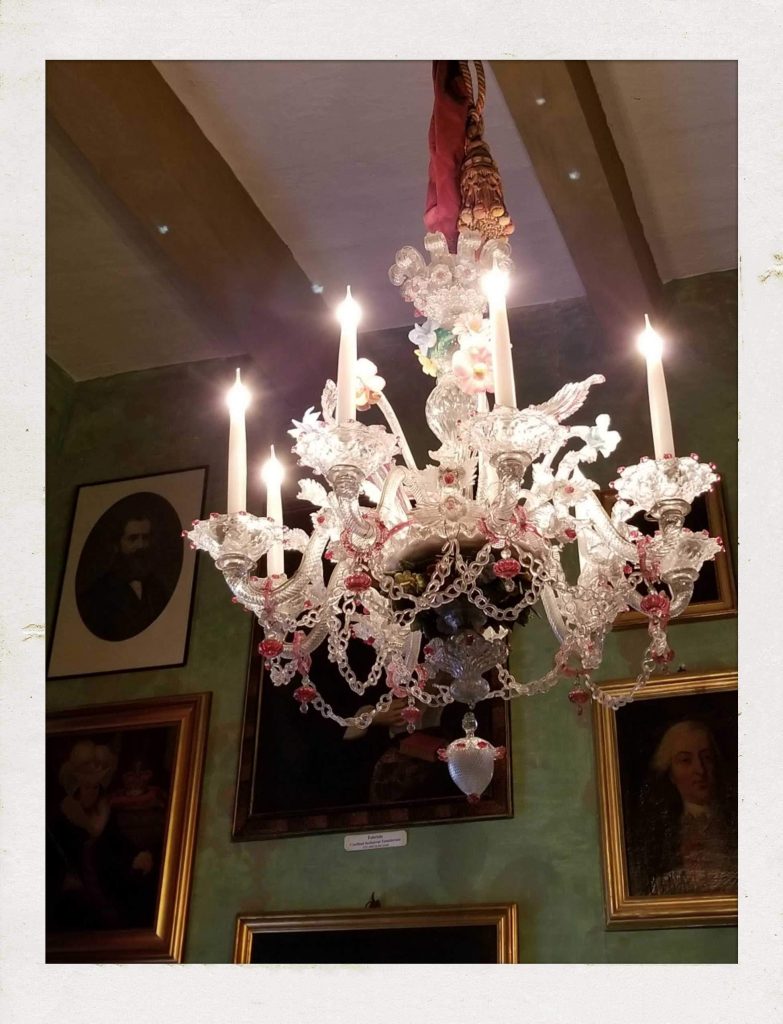
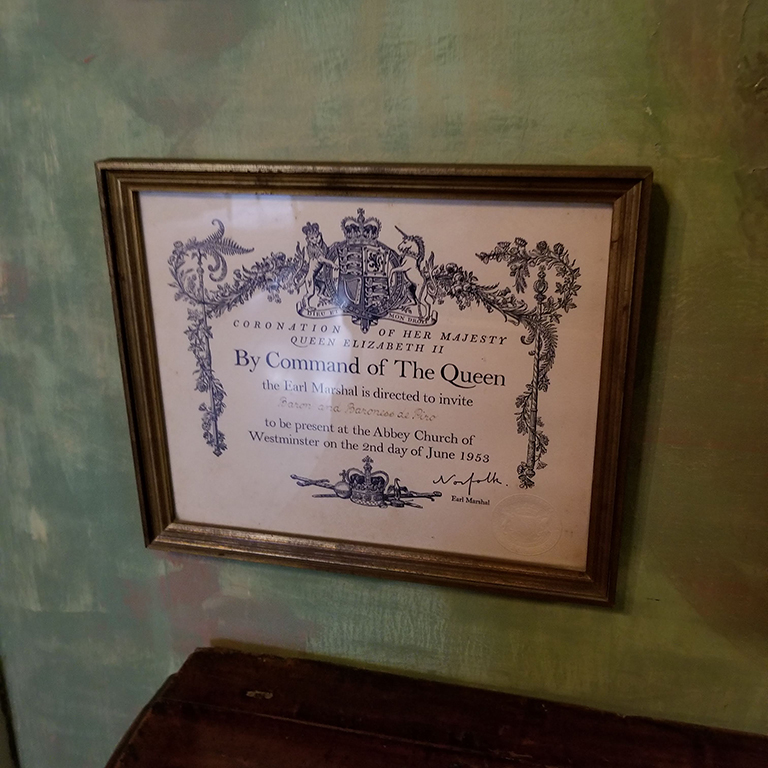
One a nearby wall there was the de Piro family’s invitation to the Coronation of Elizabeth II, which they attended in 1953.
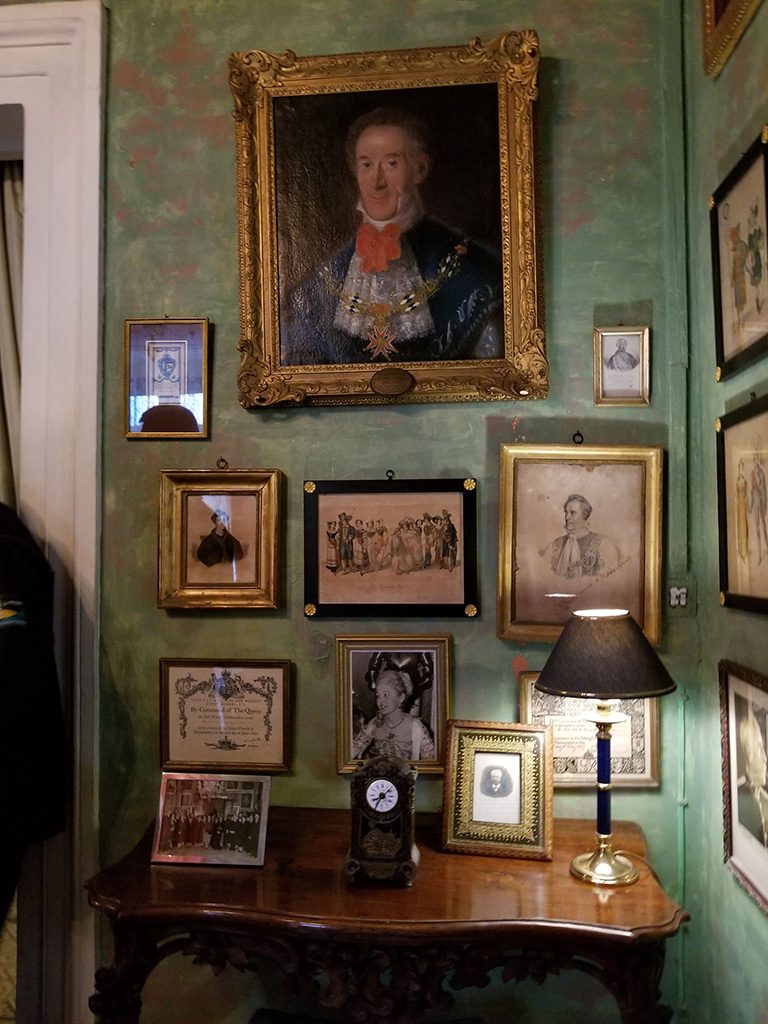
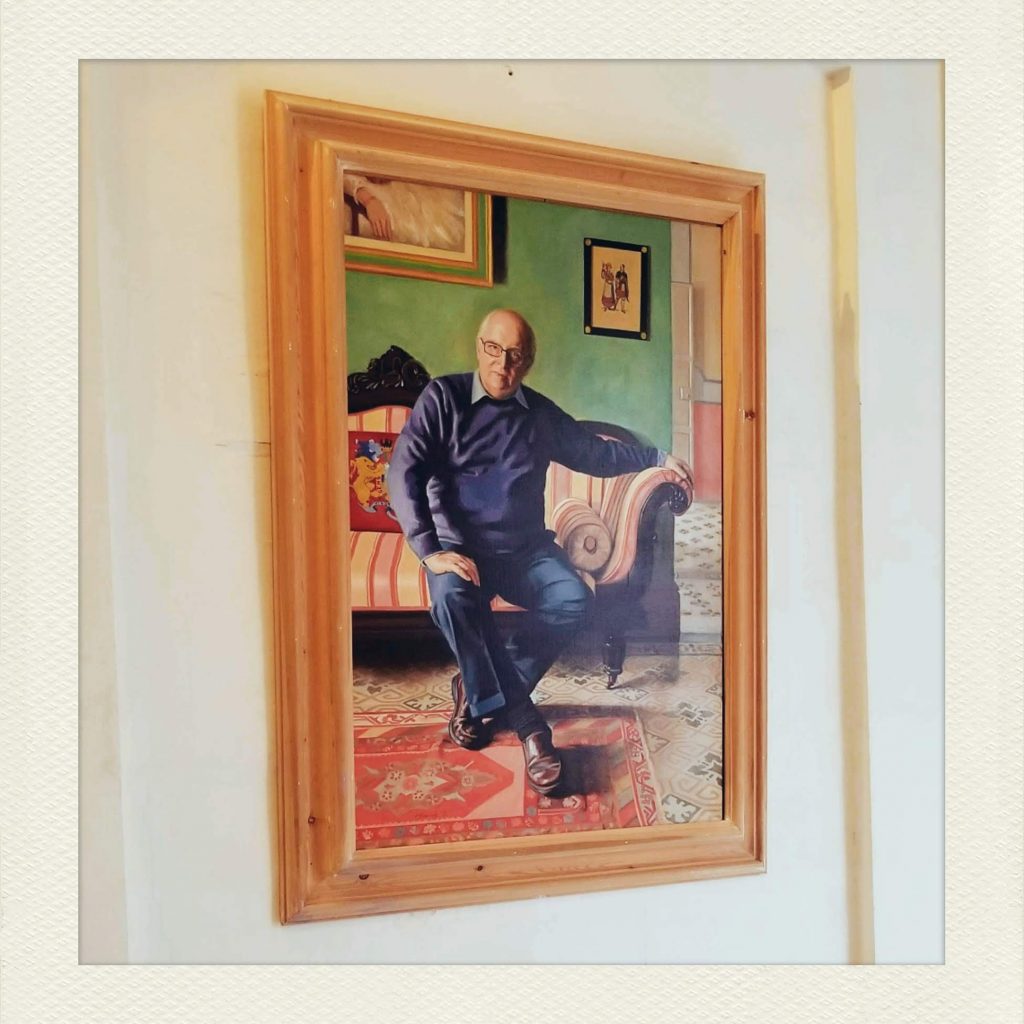
There was also a lot of artwork, including a portrait of the Marquis Nicholas de Piro, the 9th Marquis de Piro and current resident of Casa Rocca Piccola. He’s an author who has published many books about the history of Malta. We briefly met him in person at the end of the tour as he held the door for us and asked if we enjoyed our visit to his home.
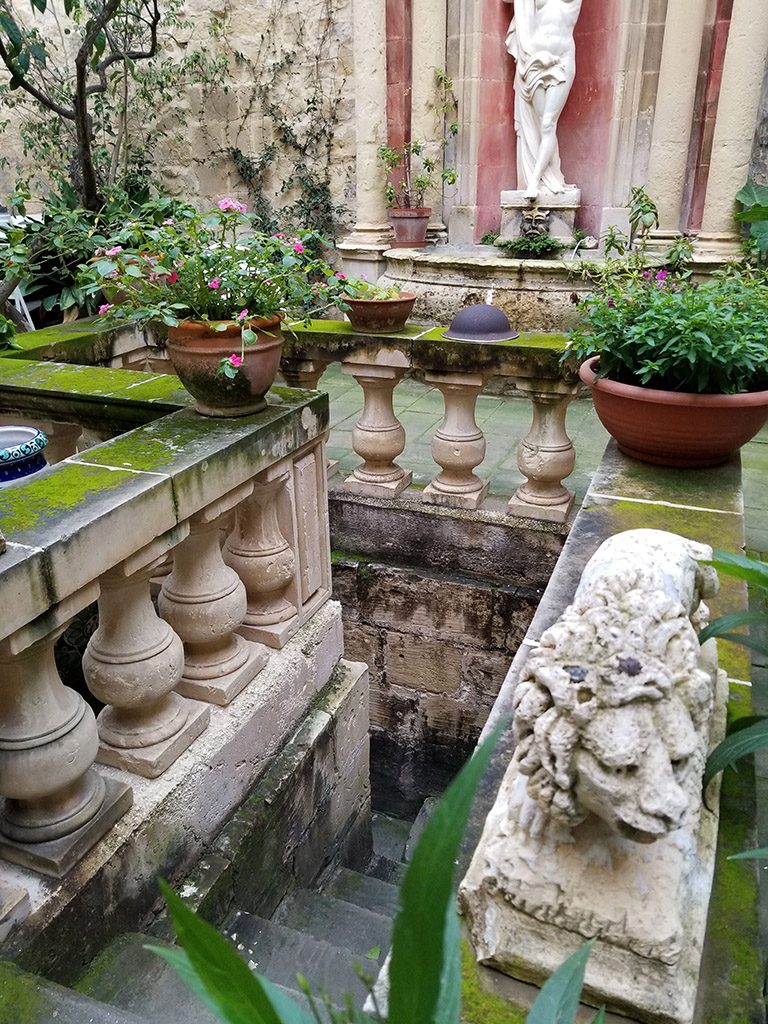
The tour of the interior of the house took us back to the courtyard garden, where we finished the tour by heading down the concrete staircases into the bomb shelters beneath the palazzo.
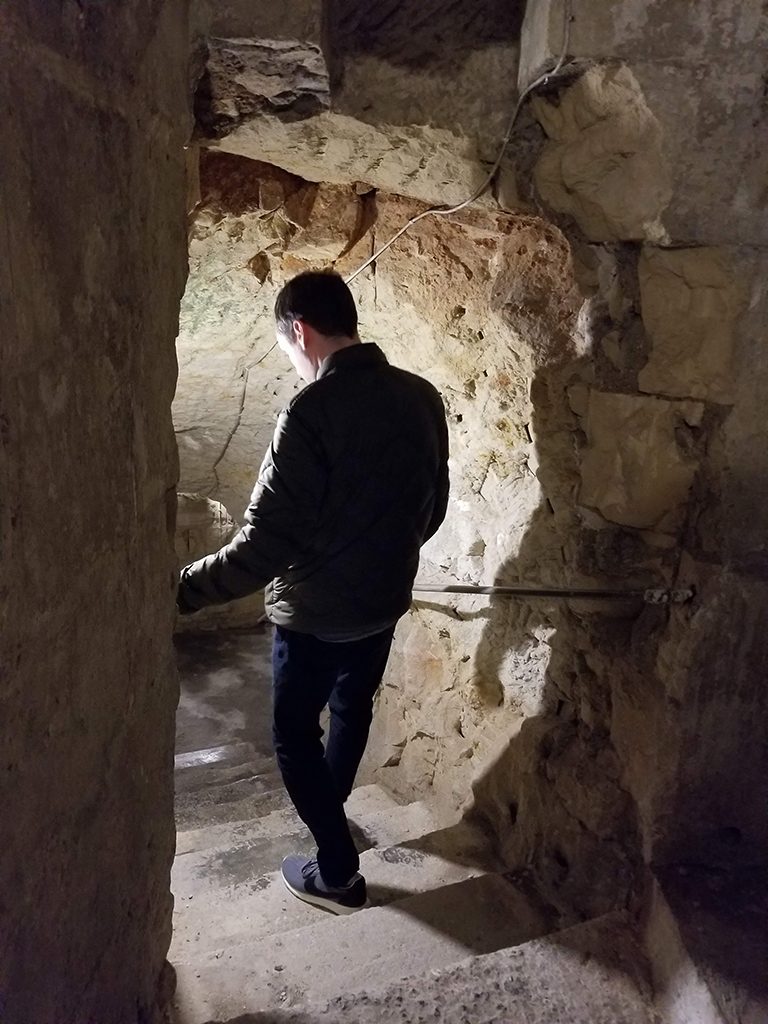
The bomb shelters had been cut from solid rock early in WWII, expanding on existing underground water cisterns. The family built three shelters, one being a private shelter for themselves and the others made available for use by nearby residents of Valletta.
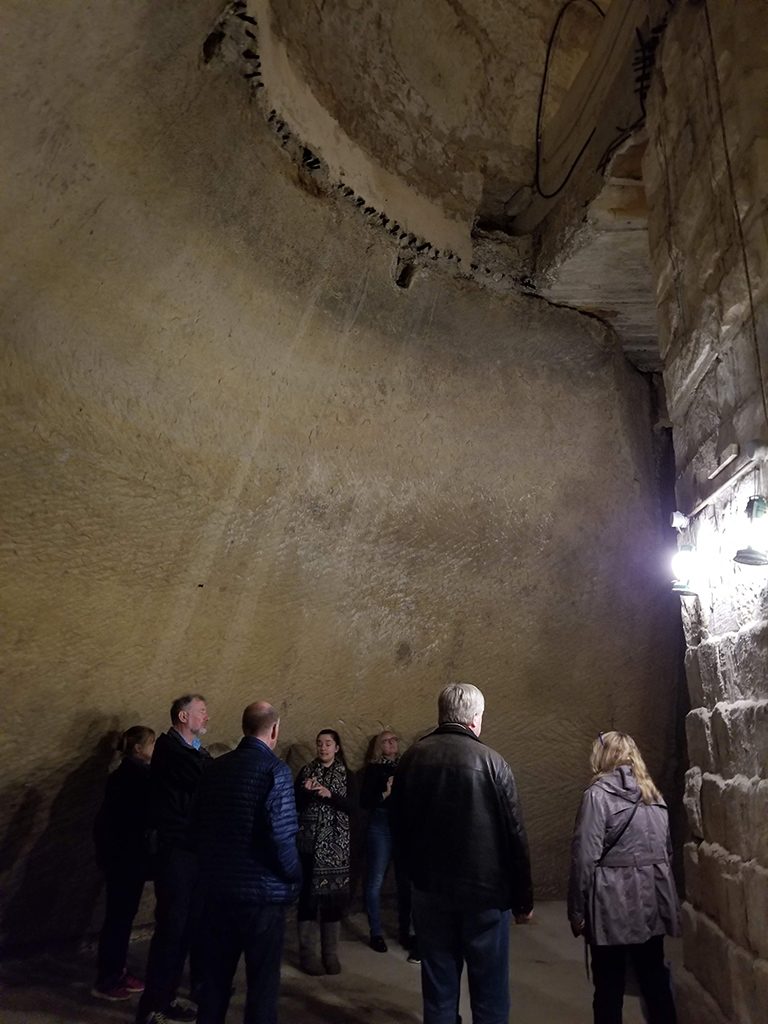
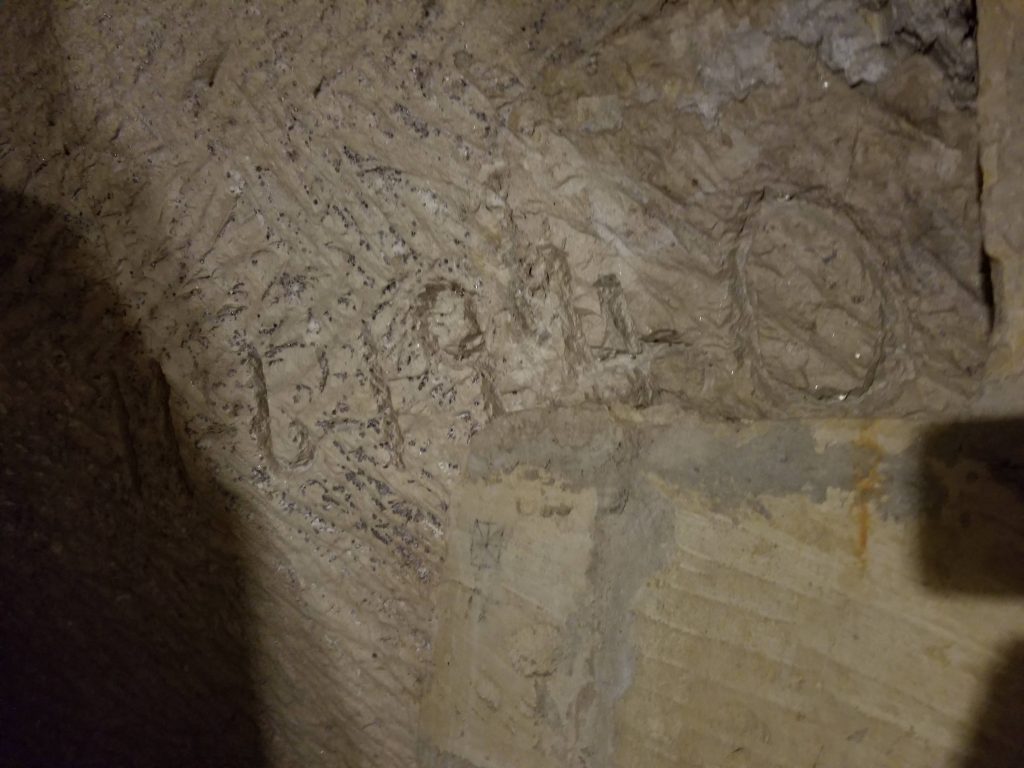
Italy’s Mussolini declared war on France and Great Britain and their Allies on June 10, 1940. At 6:45am the next morning — June 11 — the first bombing raids hit Valletta. To mark the occasion someone carved the date 11-6-1940 into the wall of the shelter. The raids from Italian and German bombers continued until late 1942. Malta remained the most heavily bombed country in the world until Laos took over the title during the Vietnam War.
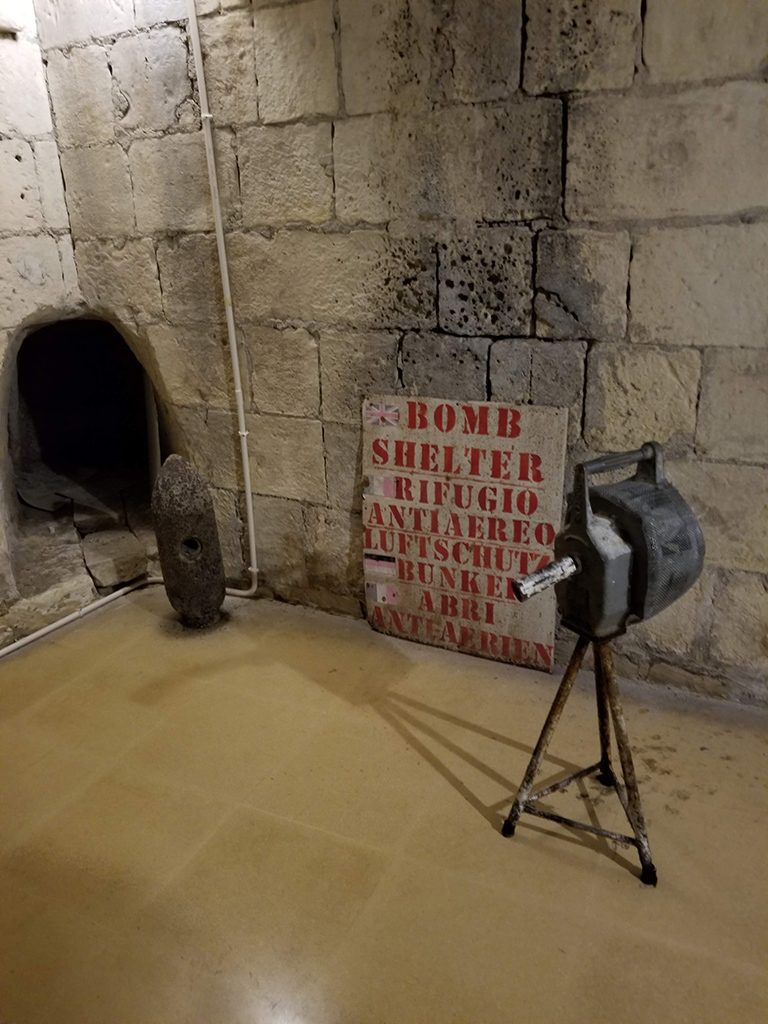
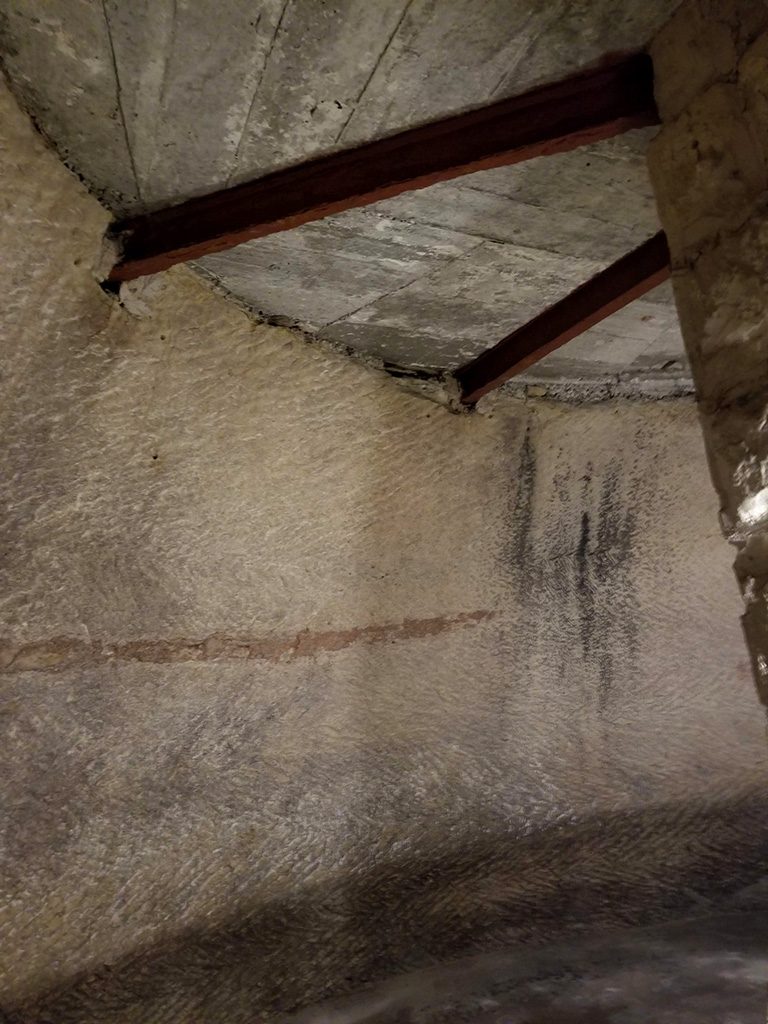
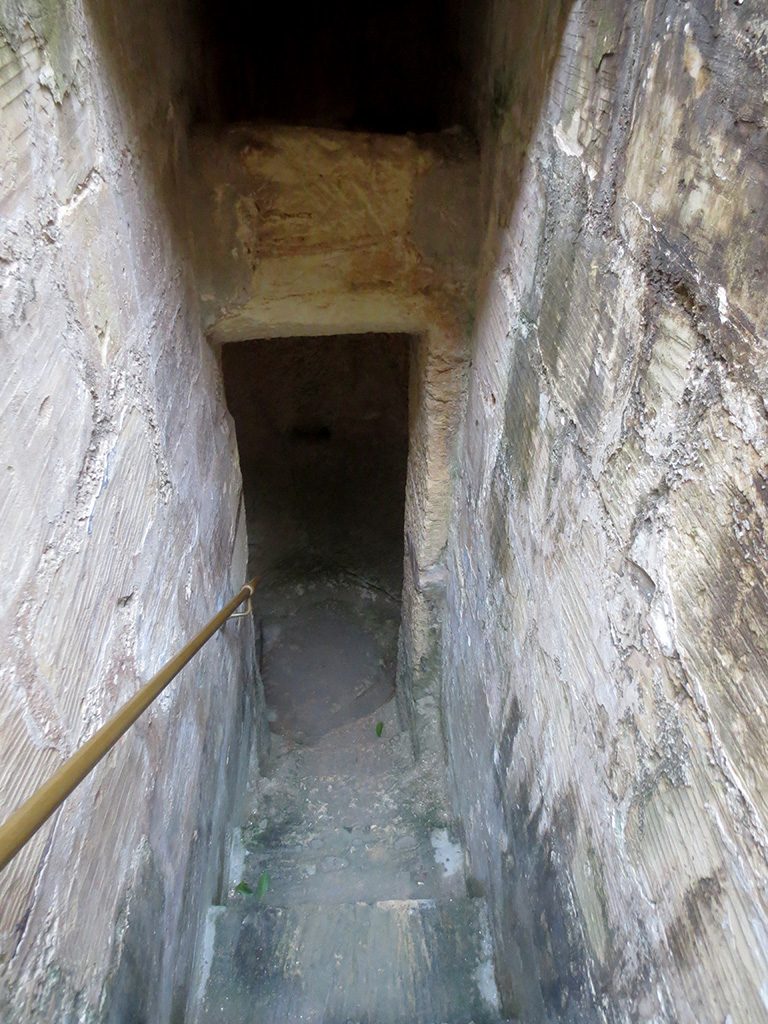
To be honest, we had begun the tour expecting simply another old house filled with opulent stuff, but we’d come away very impressed by both the fantastic history of the building and the family’s ongoing efforts to maintain it and educate visitors about Malta’s past.
